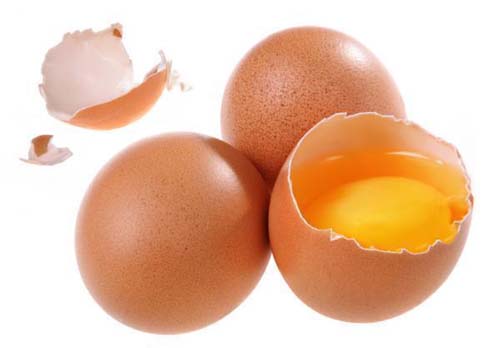Genetic studies reveal the origin of the placenta
Scientists at Stanford University School of Medicine have discovered the first clues about the ancient origins of complex living circuits from mother to unborn child - placenta - that provide oxygen and nutrients. necessary for the health of the baby.
This evidence shows that the placenta of humans and other mammals evolved from a much simpler tissue, inside the eggshell and allowed embryos of our distant relative - birds and reptiles - to receive oxygen.
According to Dr. Julie Baker, a professor of genetics, 'Placenta is the only surprisingly complex structure found in mammals but we have no concept of its evolutionary origin. " Baker is the main study of this work, which will be published in the May issue of Genome Research.
The placenta develops inside the mother's uterus and acts as a means of exchanging air and nutrition between mother and fetus; It is released outside the mother's body after giving birth to the child. It is the only organ that develops in adulthood and is the only organ with a predetermined end date that many people are curious about how tissues and organs develop.
In addition to being a biological mystery, the placenta plays an important role in the health of both mother and baby. Some recent studies also suggest that the placenta may be an important barrier in preventing or allowing molecules to enter the fetal body and affect their health until early city.
Baker said 'Each seems to be extremely important to the health of children and mothers.' Despite that influence, people almost don't know how each other evolves and works.
Baker and Kirstin Knox, a doctoral student and work author, began solving each other's question of evolution by determining which genes are active in each other's cells during pregnancy. mouse.
 A new work shows that each other's human and mammal evolution evolved from a simpler form of tissue inside the eggshell. (Photo: iStockphoto / Leonid Nyshko)
A new work shows that each other's human and mammal evolution evolved from a simpler form of tissue inside the eggshell. (Photo: iStockphoto / Leonid Nyshko)
They discovered that each developed into two separate stages. In the early stages, starting from pregnancy to mid-pregnancy, placental cells initially activate the gene that mammals share with birds and reptiles. This suggests that the original evolved through repurposing genes that early mammals inherited from the nearest ancestors when they appeared about 120 million years ago.
In the second stage, mammalian placental cells activate a specific gene sequence. Mice activate newly evolved mouse genes and humans activate genes.
Every species needs a different set of genes.'A large pregnant animal will have different needs from a mouse and so they have come up with different hormonal solutions to solve their problems.' For example, the elephant's placenta nourishes only one animal for 660 days. A mouse mother is pregnant with an average of 12 children within 20 days. Clearly, these two pregnancies require different types of placenta.
Baker said these findings were particularly interesting because the human mice had a very high death rate after each other's genetic transformation took place.'Obviously there is a great change.' Surprisingly, although this drastic change took place in each other, it did not change its appearance.
Understanding each other's origins and activities can be beneficial. Previous studies have shown that one another may contribute to the onset of labor and it is suspected that it may be related to a mother's condition of pre-eclampsia, the leading cause. cause premature birth.
Baker intends to continue this work by partnering with Theo Palmer, Ph.D. and lecturer of brain anatomy, Gill Bejerano, Ph.D., lecturer in developmental biology and Anna Penn, Medical Doctor, PhD and pediatric faculty. Working together, the group hopes to know how to protect the fetal brain, protection seems to last until adulthood.
- Zika virus can reproduce in the brain of fetuses and placenta
- Follow the trail of human legend
- Particles polluting the air 'squeeze' into the placenta?
- Air pollution affects the placenta
- The placenta test helps detect autism risk
- Use placenta to save people
- Loss of mammalian egg yolk gene and source of lactation and placental formation
- Memory is also passed down through generations
- Unique photo frame made from placenta
- Differences like twins and eggs
- The origin of sex.
- Mysterious dog origin
 Green tea cleans teeth better than mouthwash?
Green tea cleans teeth better than mouthwash? Death kiss: This is why you should not let anyone kiss your baby's lips
Death kiss: This is why you should not let anyone kiss your baby's lips What is salmonellosis?
What is salmonellosis? Caution should be exercised when using aloe vera through eating and drinking
Caution should be exercised when using aloe vera through eating and drinking